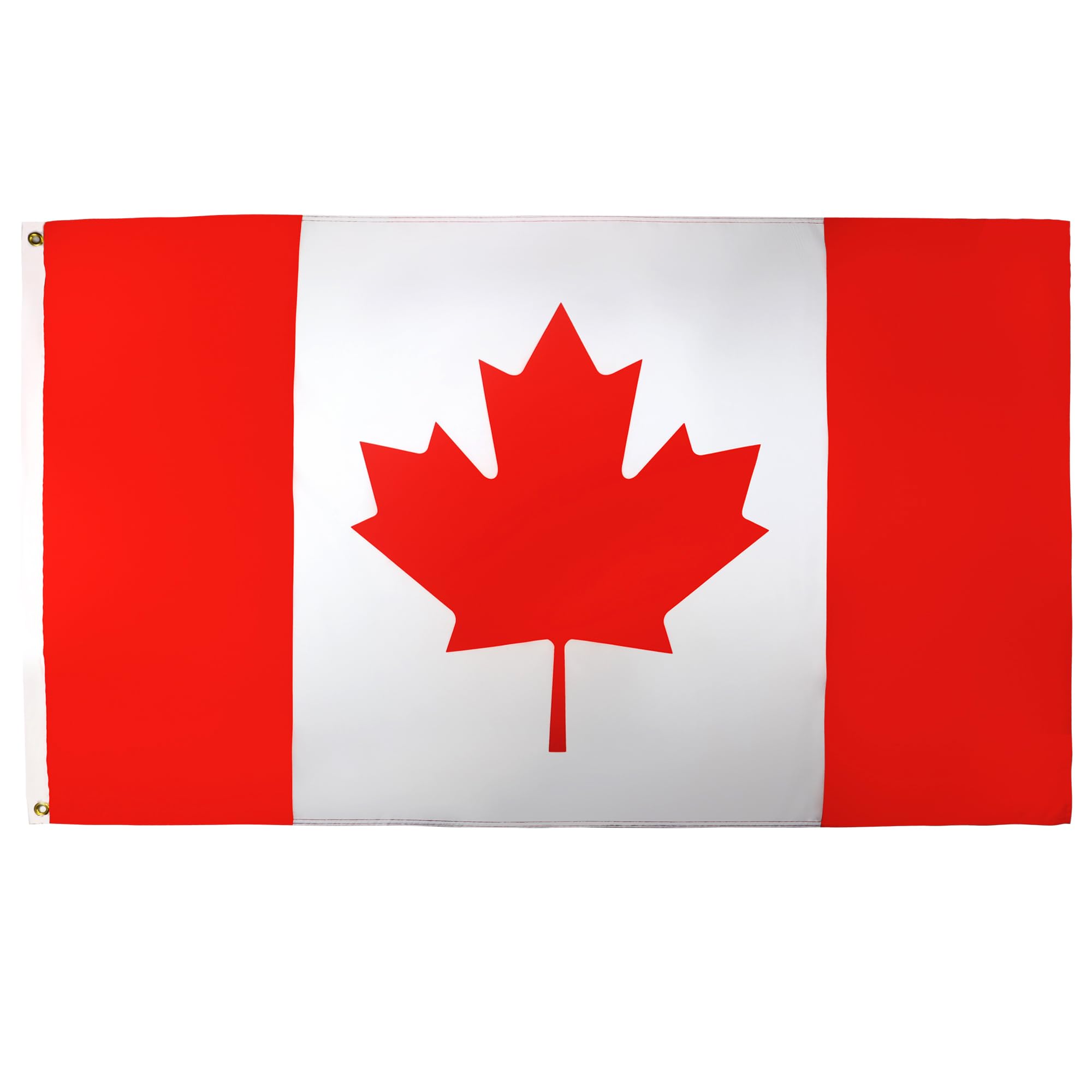Canada is making bold moves to stimulate its economy, and much of it is in direct response to tariffs imposed by former U.S. President Donald Trump. While the tariffs themselves are not new, their lingering effects continue to shape Canada’s economic strategy in 2025. Rather than wait out the turbulence, Canada is going all in—spending, investing, and betting big on a future where it can thrive without relying so heavily on its southern neighbor.
The Tariff Fallout That Won’t Quit
Trump’s tariffs—originally aimed at protecting American industries—have had lasting ripple effects across North America. Canadian exports, especially in steel, aluminum, and lumber, were hit hard. Though some tariffs have been lifted or eased under subsequent U.S. administrations, the trade landscape remains shaky. Canada’s response? Don’t just weather the storm—build a better ship.
Canada’s High-Stakes Economic Plan
The government is pumping billions into infrastructure, clean energy, and tech innovation. These investments are designed to create jobs, boost productivity, and make Canada less dependent on U.S. demand. At the same time, the country is forging new trade agreements and strengthening ties with Europe and Asia.
One key focus is the green economy. With global pressure mounting on climate change, Canada sees an opportunity to lead in clean tech. From EV battery plants in Ontario to carbon capture projects in Alberta, the country is trying to turn environmental responsibility into economic advantage.
Risk or Rescue?
Of course, “going for broke” isn’t just a turn of phrase—it’s a financial gamble. The Canadian government is increasing spending at a time when inflation is still a concern and interest rates remain relatively high. Critics argue that the strategy could backfire, leading to higher deficits and more economic strain in the long term.
But supporters say it’s a necessary risk. By taking control of its economic future now, Canada aims to future-proof its industries and reduce vulnerability to external shocks like U.S. trade policies.
A Message to the World—and to Washington
Canada’s strategy is also about signaling independence. The message is clear: while the U.S. remains a crucial partner, Canada won’t sit idle when its economy is on the line. Whether this approach pays off depends on global demand, domestic resilience, and how the U.S. evolves its trade policy in the years ahead.
By choosing to go bold instead of going quiet, Canada is redefining its place in a world that’s growing less predictable. Only time will tell if this high-stakes move results in the economic win the country is chasing.


